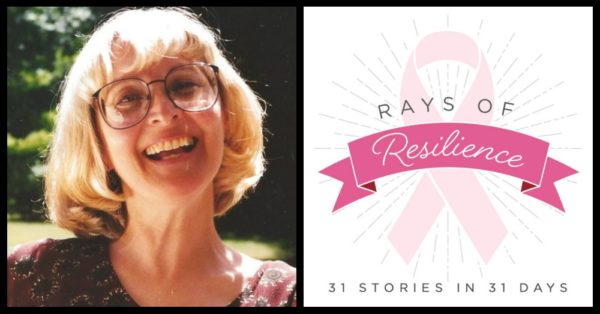
Her Surgeon Brushed Off Her Concerns And A Dear Friend Turned Her Back — But She Persevered
Rays of Resilience: 31 Stories in 31 Days. So many people around the world have been affected by breast cancer, yet no two breast cancer journeys are the same. This Breast Cancer Awareness Month, we’re celebrating a new survivor every day. Their resilience is an inspiration to us all.
My name is Jill.
My story began 21 years ago. It was a time when breast cancer activism was coming to the forefront and women were beginning to find their voice in demanding answers about breast cancer treatments. I was fortunate to be diagnosed during that time, although at the beginning I was adrift in uncertainty.
I was in my mid-forties and had been having mammograms since I was 38 years old. My gynecologist had been insistent that I have yearly mammograms after my hysterectomy, having read that there can be a connection between some forms of breast cancer and hysterectomies. This meant that I had a good baseline for any changes in my breasts.
When my mammogram came back as questionable, another mammogram was taken which resulted in a prompt visit to a surgeon recommended by my gynecologist. This breast surgeon advised that I have a biopsy on my left breast. He said that both of my breasts looked like possible Ductal Carcinoma in Situ (DCIS), but the left was the most worrisome.
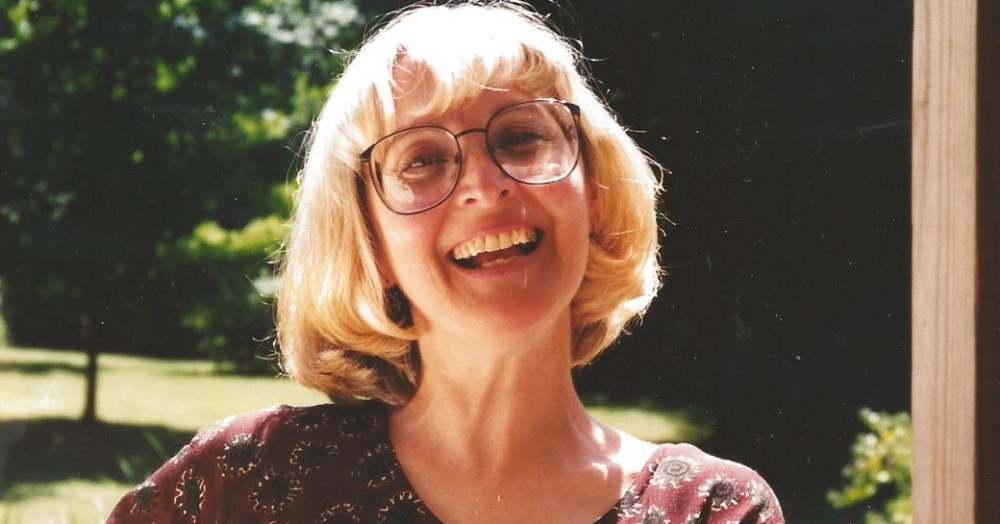
Just before Thanksgiving of 1996, my husband and I met with the surgeon who said that after removing a good third of my left breast, it looked to him and the hospital lab like the surgical margin was clear. He suggested that somewhere down the road I might want to see a plastic surgeon for reconstruction on the left breast. He did add that he would be sending the biopsy off to Mayo Clinic for review. It was a quick, but overall positive visit.
I went through the next three weeks with a sense of relief. However, on Christmas Eve, I received a distressing phone call from the surgeon: Mayo clinic had found beyond-the-margins Ductal carcinoma in Situ (DCIS). This was a non-invasive breast cancer, one where the cancer started inside my milk ducts. DCIS is not life-threatening, but if left untreated it can become invasive later. My surgeon felt that the best option was for me to have a bilateral mastectomy, followed by breast reconstruction.
I went through Christmas vacation feeling numb, needing to meet with the surgeon in early January to make some important decisions, and not yet prepared to share this news with my six kids or anyone beyond my husband.
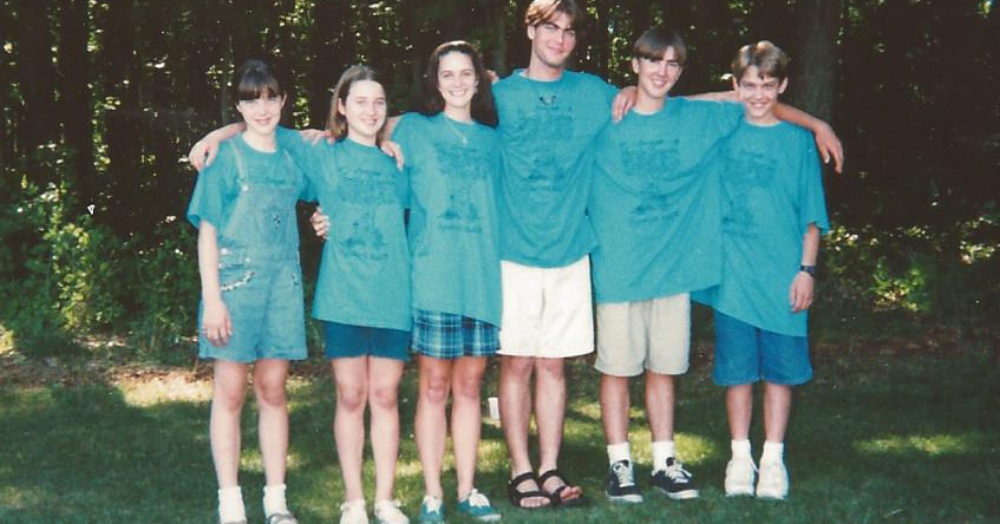
When I met with the surgeon that first week of January 1997, I told him that I was concerned because I was feeling emotional and was beginning to lose weight. He brushed me off, basically patting me on the head and telling me that it would be over soon. I did not persist in my concerns; after all, he was the doctor. I was then given the name of a plastic surgeon and told that my surgeries would be scheduled as soon as they could get their calendars to mesh. Little did I know that two busy surgeons equaled an almost six weeks wait. Six weeks can feel like a lifetime and I found myself ill equipped for the wait.
What I wasn’t prepared for were the sleepless nights and heart-pounding anxiety. However, I am a voracious reader so I decided to prepare myself with informational books on breast cancer. The books spoke to me about taking care of myself physically, mentally, and emotionally. What stood out in each of these books was the importance of a second opinion.
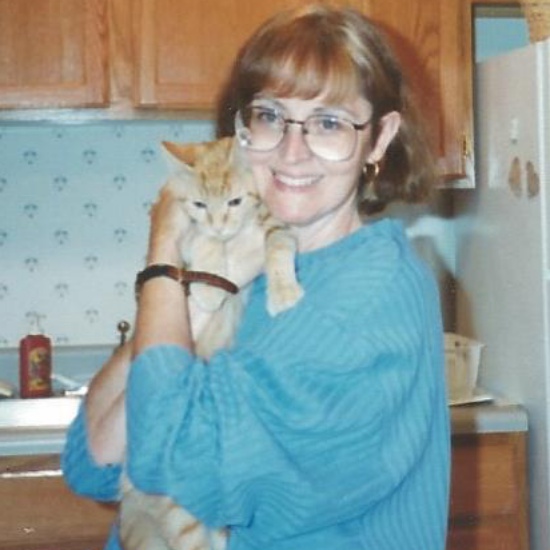
I called my gynecologist who steered me to the Breast Cancer Clinic at the University of Michigan. Twenty-some years ago scheduling a second opinion was easy and I was able to get in to see a team of doctors within two weeks. Before going, I called my breast surgeon to ask for copies of my records and he acted like this second opinion was an affront to his expertise. While I was at it, I also took a deep breath and said that he needed to give me a prescription to sleep — which he grudgingly agreed to do with an air of exasperation. He told me if I was going to be backing out of the surgery for any reason to let him know right away.
For me, this second opinion was critical in a better understanding of procedures and the affirmation that a bilateral mastectomy was the best plan. The staff at the Breast Cancer Clinic were kind and professional. I was now more confident about my surgery. When I talk to anyone about serious surgeries, I always suggest that they have a second opinion.

I left Ann Arbor ready to move forward with breast surgery and ready to meet with the plastic surgeon. My initial meeting with the plastic surgeon was all about making me feel comfortable about the reconstruction process. He was and is a man of compassion and was there to answer my questions every step of the way. It also helped that he had a great sense of humor!
After the bilateral mastectomy, I spent several weeks under his care and the reconstruction process was a positive one. I had the pleasure of seeing him again a little over four years ago when it became necessary to replace my implants. The same rapport between us was still evident after all these years.
I did have some post-op appointments with the breast surgeon, but when it was safe, I stopped seeing him. These days, I steer women to other surgeons. I look back and wish that I had felt more empowered to speak up and to have insisted for myself on another surgeon. I believe there was someone better out there for my needs. When a woman is going through breast surgery, she should feel that she is well taken care of and truly heard. I was not.
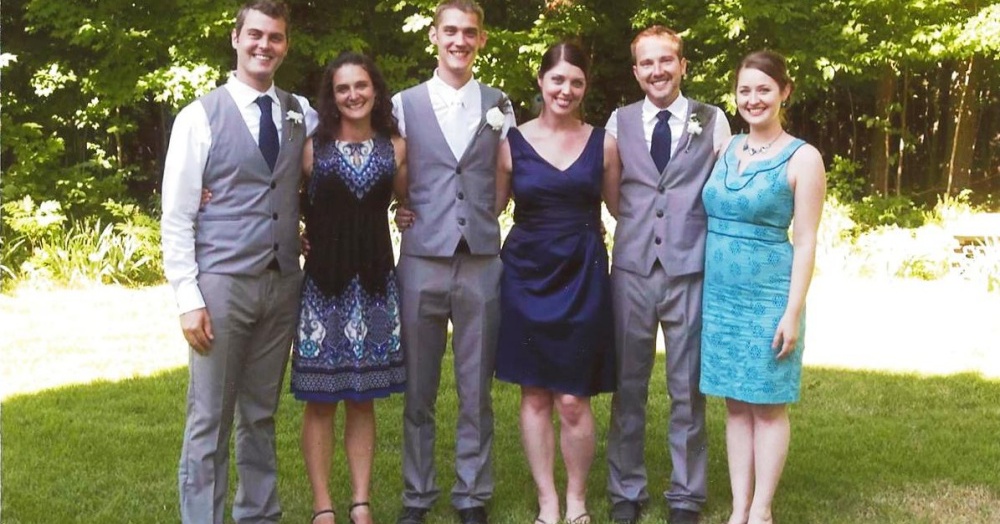
I would be remiss if I did not mention the importance of the love and care of my husband and my children and our extended families, along with the support of many good and faithful friends. Because both my husband and I were teachers at the time of my surgery, there were a network of people to send meals, coordinate taxiing our younger children to their activities, and to just be there to talk with. I owe a debt to those teacher friends. My best friend was a rock to lean on and cry on!
There are two other friends that I would mention for different reasons. One of them was a church friend and one was an elementary school-mom friend. The three of us were diagnosed with three different kinds of breast cancer, mine being the non-invasive kind.
A week after my surgery, I received a phone call from the church friend, who had had her mastectomy a few weeks earlier. We chatted for several minutes about the aftermath of our surgeries and she began to question me about what kind of cancer I had and the stage, and whether or not I would need radiation. I told her what the surgeon had told me: I had DCIS and stage 1, based on where it had been located, and needed no radiation.
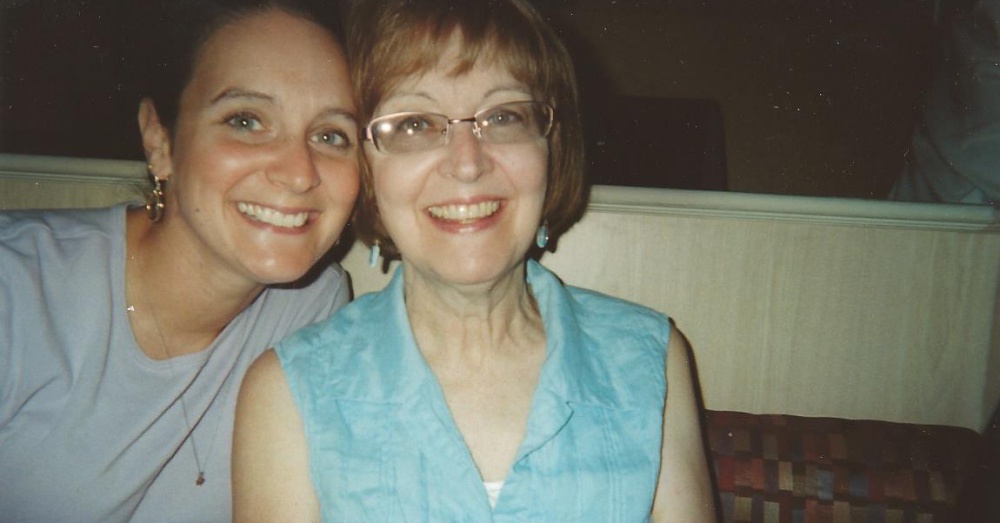
She became angry. She told me that I did NOT have breast cancer, that she had breast cancer and that I had no right to say that I did. I found myself apologizing as she abruptly ended the conversation. I sat alone and cried. I felt badly for her, but also felt I had done something wrong — I did not have an invasive form of breast cancer and I did not need radiation of chemotherapy.
We never spoke again.
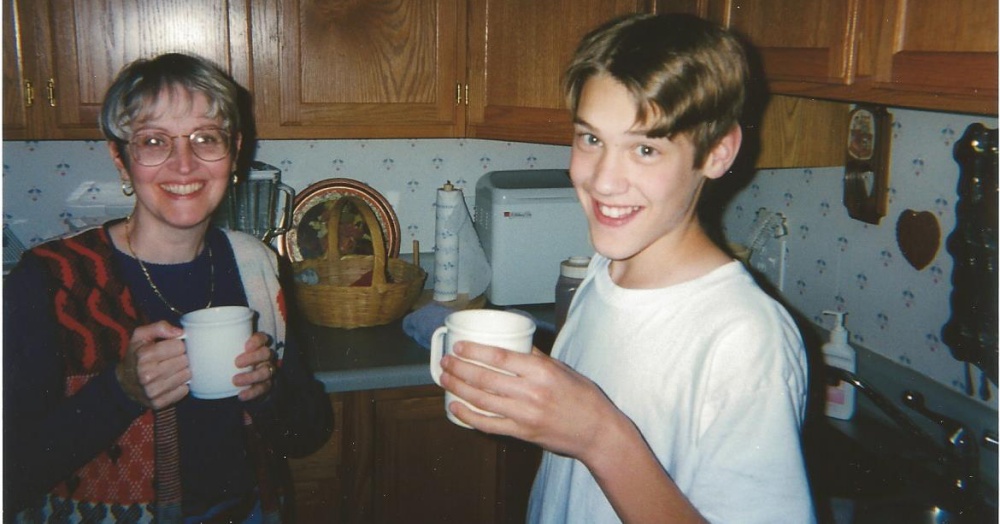
When I saw her in church after that time, she would remove herself from proximity to me and I came to accept that she certainly had a right to feel as she did, but I did not need to feel guilty for who I was and what my surgery was.
The second elementary school-mom friend was refreshingly different. I ran into her at her place of employment about six weeks after my surgery and several months after her mastectomy. She hugged me and asked me about my surgery. I hesitantly told her what I had, what stage it was, and that I did not need radiation treatment, knowing that she had had a rough go of it and wondering if her response would be the same as my church friend’s.

She was happy that my results were so positive. She even insisted (as my husband grinned) that we needed to go into the bathroom together so that I could show her my reconstruction/implants and she could show me her mastectomy scars and what she called her “falsies”, complete with their own names.
We talked and we cried, and it felt right.
Every woman will have their own story and her own discoveries to make along the way. Whatever that looks like, it should be celebrated as what makes each of us uniquely us. I look for women who see us each as part of the breast cancer sisterhood. I am proud to be part of that sisterhood.
Every purchase at the Breast Cancer Site helps fund mammograms for women in need. Shop our Pink Ribbon collection!